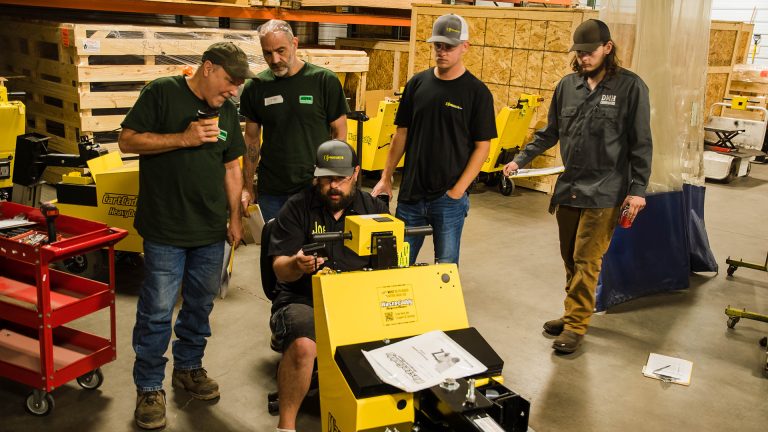Humans come in all shapes and sizes. And that’s the challenge in designing safe, effective ergonomic equipment. There is no such thing as “one size fits all” when you’re designing equipment that will be used by a diverse workforce. However, there are a number of specific human factors that affect a person’s ability to execute a pushing or pulling task. Ergonomics strives to incorporate these factors into equipment design to ensure that workers can safely and effectively complete required tasks.
- Biomechanics use gender, body size (anthropometry), posture and push/pull force to calculate muscle force requirements and bone/joint compression forces. Biomechanics are useful in examining exertion, but generally fail to consider dynamics, repetition and duration of the task.
- Physiology considers physical work capacity (a measurement of maximum aerobic capacity) and fatigue, particularly in tasks that are repetitive, fast paced or that require forceful exertion. Since each person is unique, his or her physical work capacity will be different. Factors considered include age, fitness, gender and maximum heart rate, as well as the energy demands and duration of the job. Physiology also factors in the necessary dissipation of body heat as affected by clothing, temperature, humidity and air movement. In designing equipment, ergonomic engineers consider the expected user population and generally design for the least physically capable individuals within that population.
- Psychophysics takes human perception of the task into account. It evaluates the type, frequency, distance and hand height of the task, as well as the type of force required to execute the task. Also considered are the gender and characteristics of the average worker who will perform the task.
By considering these three types of human factors, ergonomic engineers strive to design an electric tug that can be safely and efficiently used by workers.


